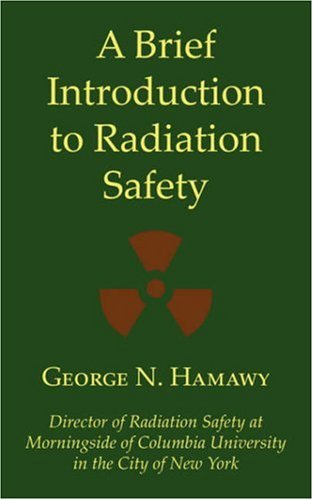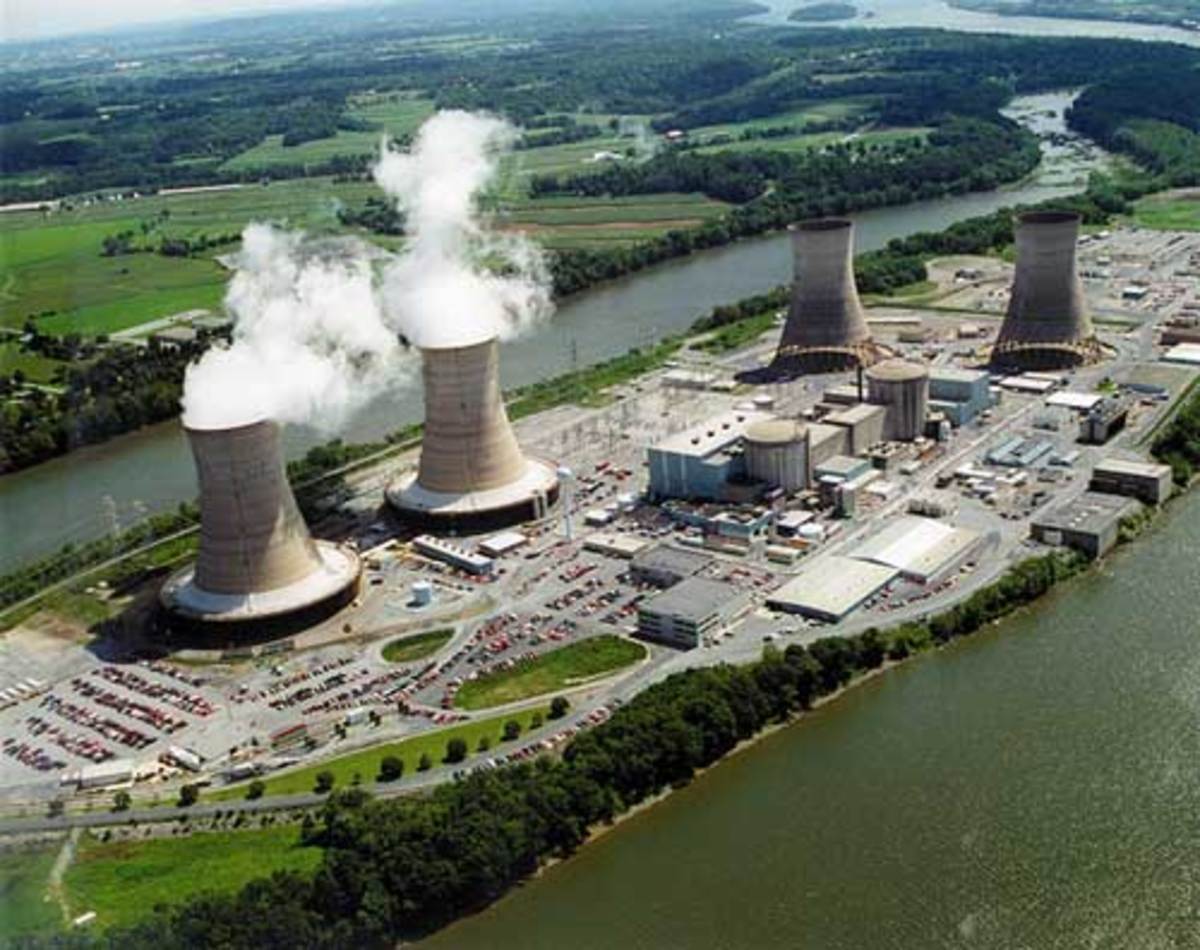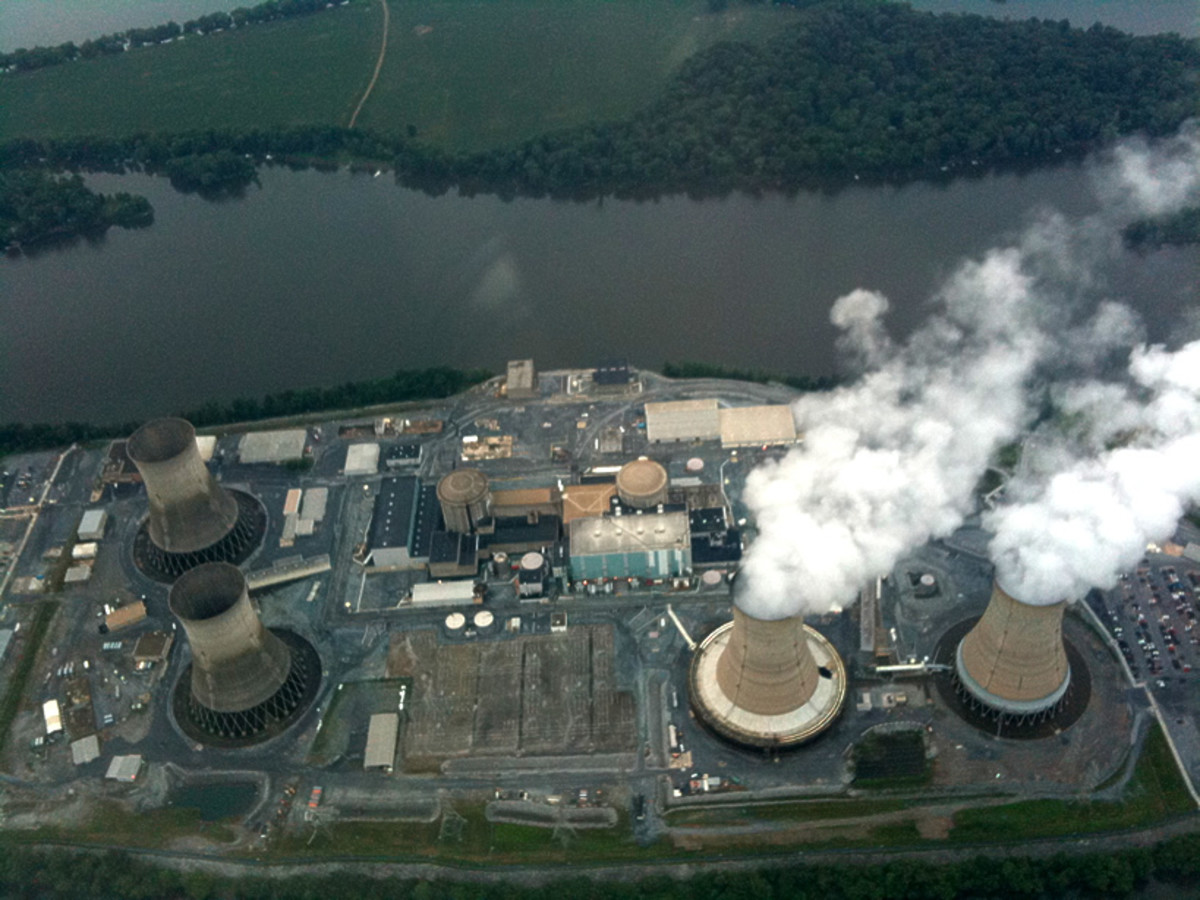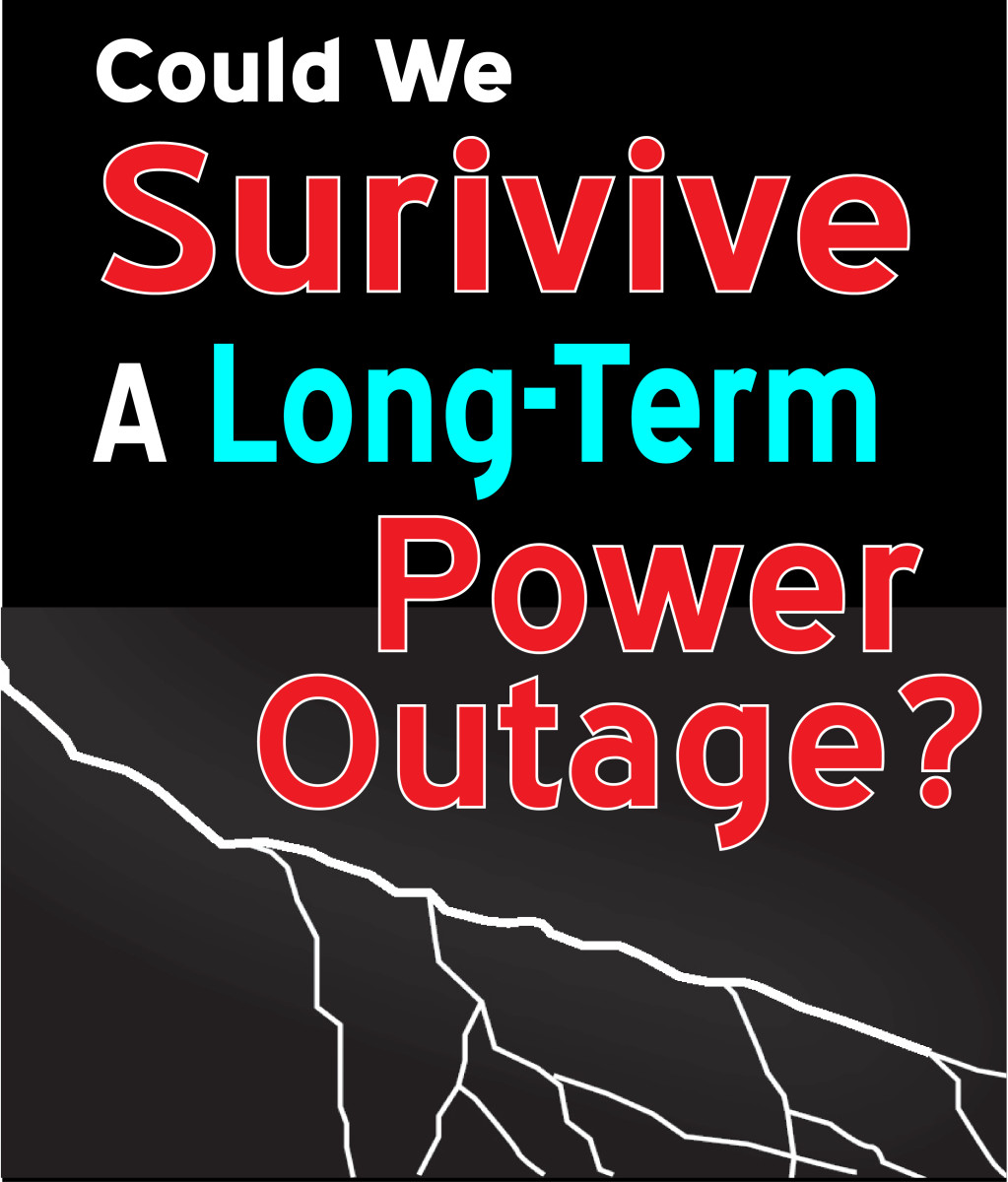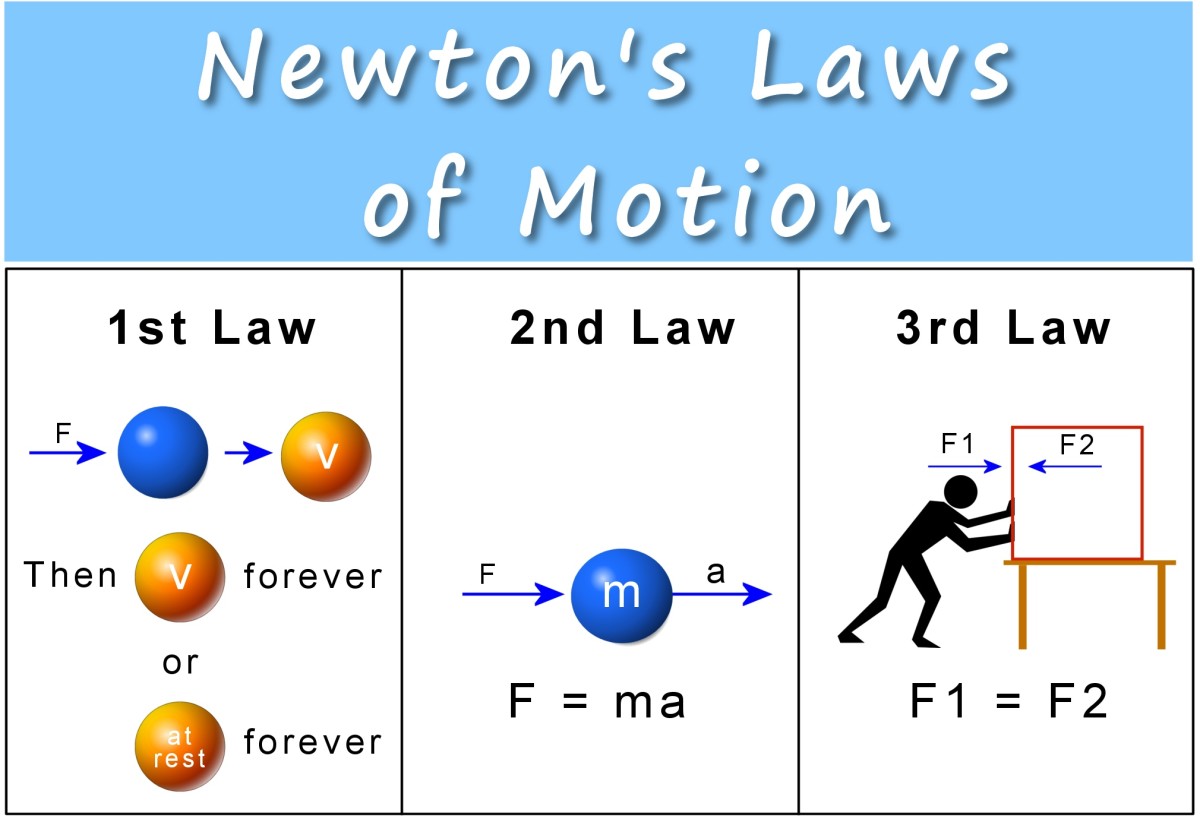Radiation Safety

By Joan Whetzel
There’s a lot of information available on radiation exposure and safety, most of which has been discovered within the last 100 years. This information has paved the way for the development of international protocols for radiation safety. The Basic Safety Standards (BSS), based on studies of the Hiroshima and Nagasaki bombing survivors, advises that even low-level radiation produces more damage than was once thought. Incidents like Three Mile Island and Chernobyl have increased public awareness of the hazards of radiation. The health effects brought on by exposure to radiation can be reduced if conscientious efforts are made to provide safety procedures..
Containment
The US navy has found ways to safely contain radiation on their nuclear powered vessels. These reactors have to be strong enough and stable enough to undergo decades of constant use under the pitch and roll environment found out at sea. Naval vessels contain their nuclear power plants in self-contained reactor compartments. These compartments require 100 ton-plus lead shielding to keep external radiation levels as low as physically possible. After all, they have hundreds or thousands of sailors whose lives depend on these safety measures. All naval and civilian nuclear reactors require strict containment, not just to limit radiation exposure, but to protect the reactors from damage or theft. These containment measures must be carefully recorded in detail, and must be verified by regulatory organizations or agencies.
Procedures for Nuclear Power Plants
In nuclear power plants, the radioactive materials they deal with have to be classified by radiation level as well as their contamination and airborne radioactivity levels. The personnel working in the areas of these plants that are unrestricted should expect to receive low levels of radiation every year, due to good containment practices. The reactors used by the Navy mandate extremely high measures for the containment structure as well as the performance of their power plants.
Safety Precautions
Those people involved in intervention for the protection of their personnel, demand methods for lowering exposure and the likelihood of exposure to all types of radiation from chronic radon exposure to emergency events such as the Chernobyl or Three Mile Island events. X-ray techs should have protective gear (aprons and gloves) readily available as well as lead lined doors between the techs and the equipment they operate during procedures. Electron microscopes, which are usually considered safe, have been known to develop leaks if the equipment has recently been moved or incorrectly installed, or following modifications to the equipment. As a safety precaution, electron microscopes should be tested for radiation leaks before they are used. People working in x-ray tech jobs as well as areas where there is any form of radiation, radioactive contamination, or airborne radiation, must be monitored for exposure.
Job Safety Regulations
US radiation safety regulations require that x-ray techs wear radiation monitoring badges, known as dosimeters, a precaution not required for anyone using electron microscopes. Protective garments and dosimeters are required for personnel working in and around controlled areas of a nuclear power plant, the levels of protection and dosimetry should correspond with the areas being worked in and the levels of radiation the employee will be exposed to. These employees are required to have their dosimetry badges checked when leaving the high risk areas in order to check their levels of exposure.
Radiation safety measures cover not only the construction and containment of nuclear power plants and radiation equipment, but the safety requirements for protecting personnel who must work in or around areas where they are at increased risk of exposure. By following the regulations and protocols, all personnel can remain as safe as possible.

